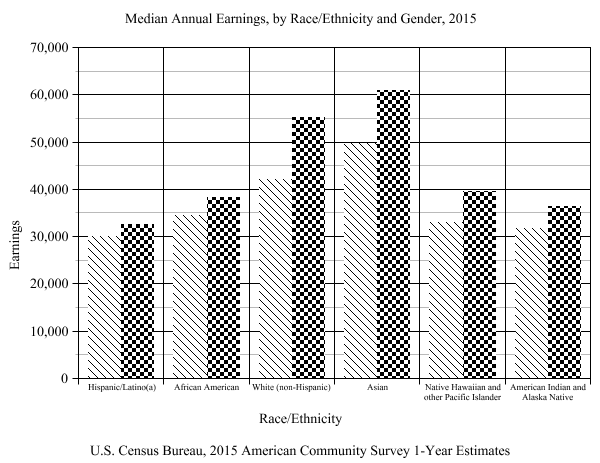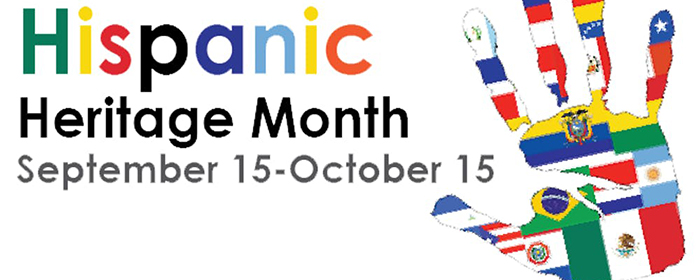By Pareli Amirkhanian
One would think being in the 21st century would mean the oppression of females would be long gone. However, that’s not the case when it comes to the workplace between females and males.
It is astonishing to have to witness the gender discrimination and sexism against women still taking place today.
After hundreds of years of oppression of females not being able to vote, by being dominated by men, and not having a voice whatsoever in any aspect of society, women finally got some semblance of recognition with the passage of the 19th amendment to the U.S. constitution in the 1920s. While women could vote, they could not be paid equally as men.
Working women in 1960 were getting paid 61 cents for every dollar a man made.
Thirty years later, women’s wages increased to 71.6 cents for every dollar a man made, according to Pay-equity.
Fast forward to today, women are (yes, you guessed it) still are not getting paid the same amount than men are — 79 cents for every dollar earned by a male, a gender wage gap of 21 percent, according to the National Women’s Law Center.
There is a myth that women get paid less due to the fact that they go into lower-paying careers, but that is not the case.
Take cardiologists, for example. According to CNN, a recent study done showed that male cardiologists made nearly $97,000 a year more than female ones who went through the same amount of school and put in the same amount of work — and are getting paid less.
Another example are secretaries. According to New Republic Magazine, women make up 94.6 percent of all secretaries and administrative assistants, yet they earn 84.5 percent of what their male counterparts earn per week—a weekly difference of $126.
The insanity doesn’t stop there.
Just ask the U.S. women’s soccer team which has won three World Cups. When the Women’s World Cup title in Canada was captured in 2015, they drew the highest television rating for soccer in history, and helped generate $17.7 million in profit for the federation, according to the New York Times.
Despite these facts, they got paid nearly a quarter of what the U.S. men’s soccer team earned.
The top five players on the men’s team make an average of $406,000 each year from these games, whereas the top five women receive nearly one fifth of that, just $72,000 each year.
The captain of the women’s U.S. soccer team, Carli Lloyd, mentions in her article in the New York Times her anger and fight to get her team the pay they deserve. She mentions being tired of treated as “second-class citizens.” She explains how the mistreatment of women in society is “sadly not breaking news,” and that it happens in almost every field of work.
Despite the fact that Florida has the smallest wage gap in any state across the entire world, women are still are at a loss of about $248,120 over the course of their careers. Let that sink in.
The degree of discrimination taking place against women and the desire to keep them at the bottom of society is revolting.
The situation gets worse for people of color.
According to the National Women’s Law Center, when compared to white men around the United States, the lifetime salary lost by women is $883,040 for Native American women, $877,480 for black women, and $1,007,080 for Latina women compared to a lifetime salary lost of $460,000 for the average white woman.
Until women are treated as actual human beings and not inferior bargains to society, the fight for the equality of the genders will be here to stay.







